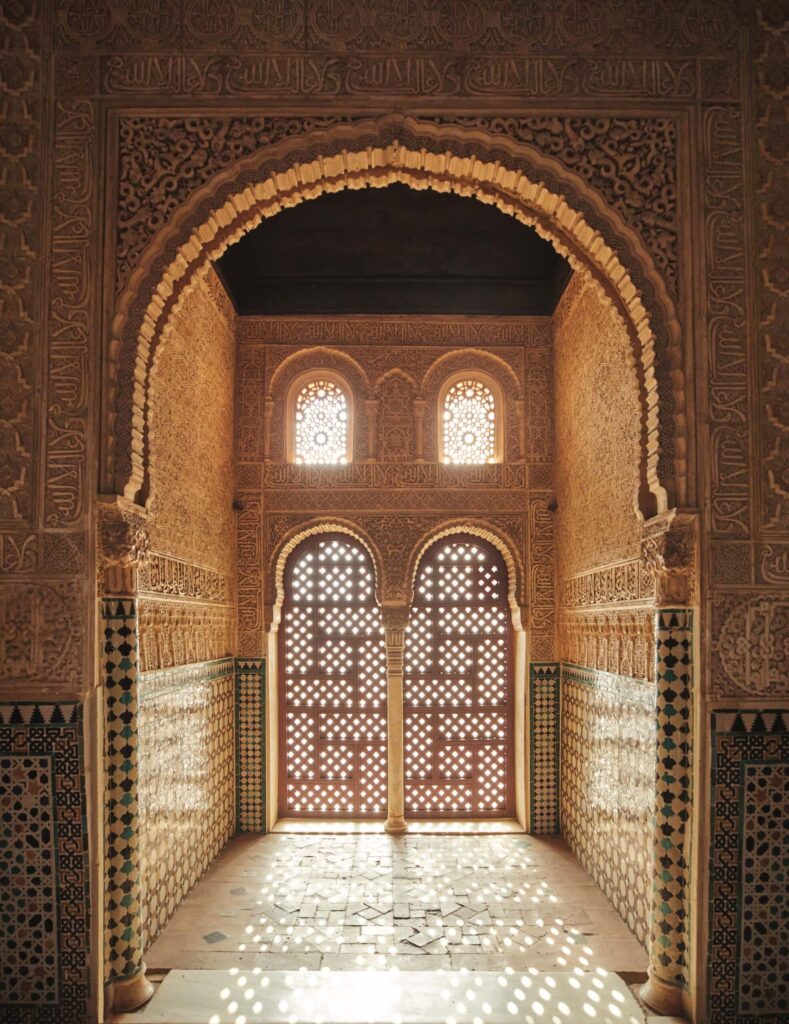Barcelona, Mallorca, Ibiza: these are likely the dream destinations (deservedly) topping your Spain wish-list. But any Iberian itinerary is lacking if it skips the Andalusia region. Spain actually encompasses more than a dozen autonomous regions, each unique and travel-worthy in its own right. Andalusia, encompassing the south coast and just across the Gibraltar Strait from Morocco, is home to some of the iconic Spanish sights that have likely flooded your social feeds, favourite films, and fuelled your Euro travel list daydreams.
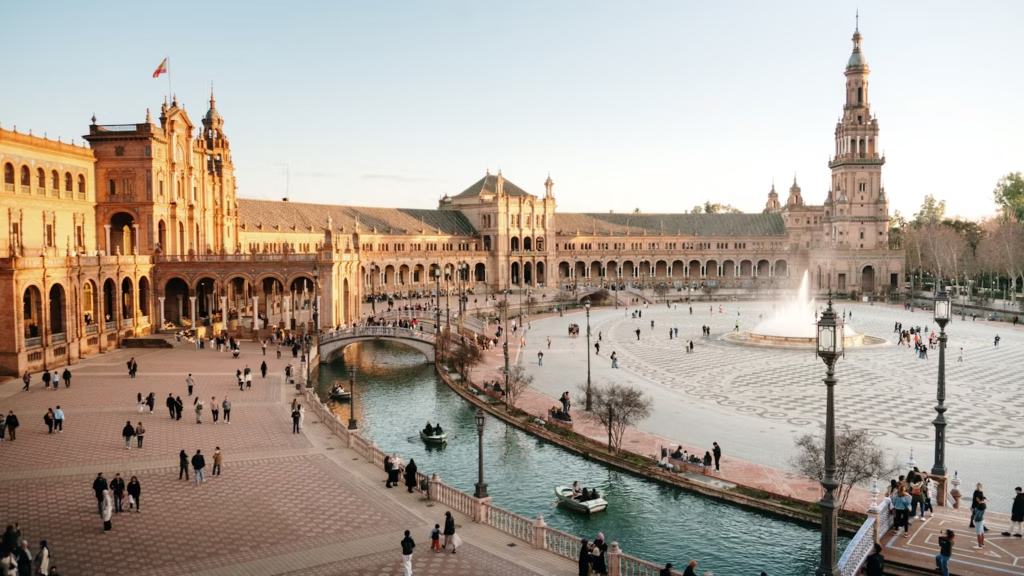
Image credit: MarioGuti/Getty
Seville
I’m going to begin with a cliché, but there’s really no other way to put it: Seville is one of the most beautiful places I have ever been.
Staying in the Old Town, each day is a meander through a maze of cobblestone streets, brightly painted façades, mosaic features, and the emblematic orange trees fruiting everywhere, all wrapped up within the centuries-old fortress walls. Every element seems created for aesthetic delight, and each time you round a corner into a new square, new winding lane, or new street lined with shops, restaurants, and bars, more awe-inspiring beauty is unveiled before you.
The must-see monuments of Seville, the Catedral de Sevilla and Royal Alcázar, are astonishing feats of architecture and UNESCO World Heritage Sites. Unfortunately, our planned tours of these sites just so happened to coincide with a nation-wide power outage, so with our tickets cancelled we couldn’t go inside. The outside of the Cathedral alone, though, is almost overwhelming in its grandeur. At night, it takes on a new magic as the stone façade is turned golden by carefully placed lighting.
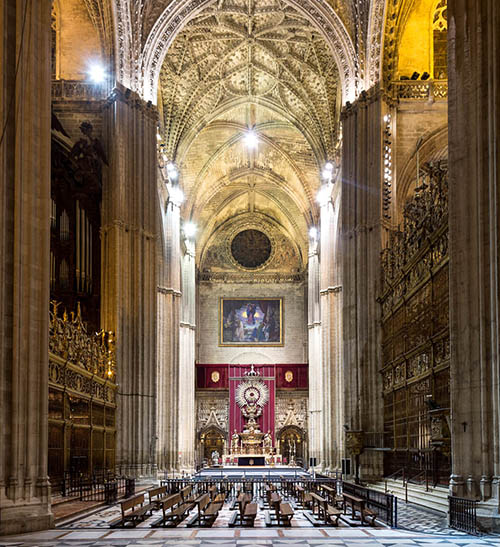
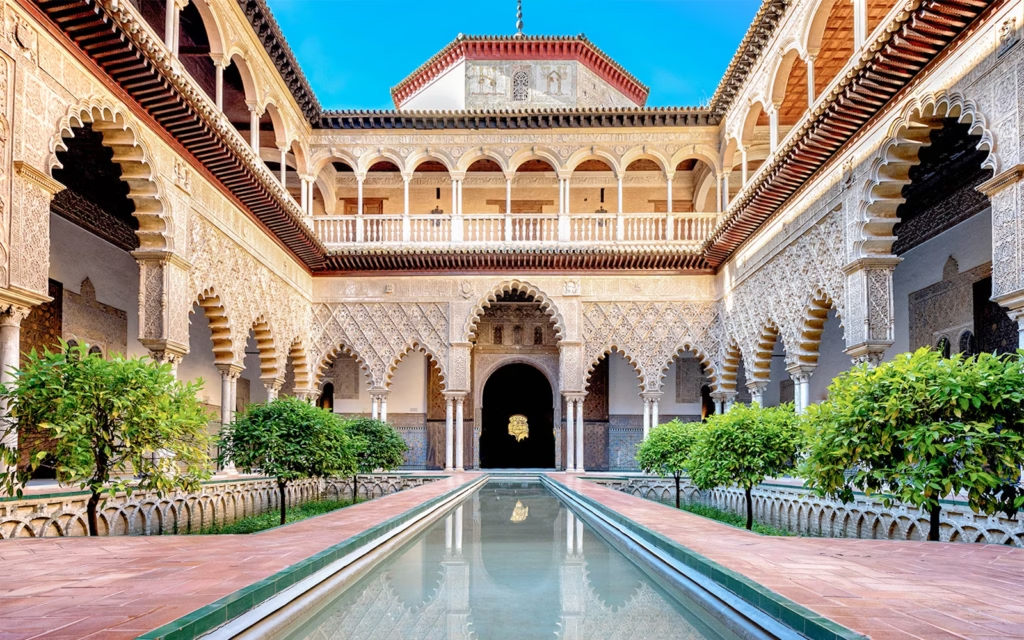
The Catedral de Sevilla and Royal Alcázar. Image credit: Catedral de Sevilla and Alcázar Seville.
Venturing outside of Old Town, the riverside neighbourhood of Triana is absolutely worth a visit. This vibrant hub is full of buzzing restaurants and bars and, notably, the famous Teatro Flamenco Triana, an intimate theatre where you can watch a stirring live flamenco performance. Andalusia is the birthplace of flamenco, so it’s extra special to witness it here.
For those that love a considered souvenir, I’d personally recommend a pair of handmade espadrilles, a fragrance from Luz de Sevilla, and something orange-themed, of course.
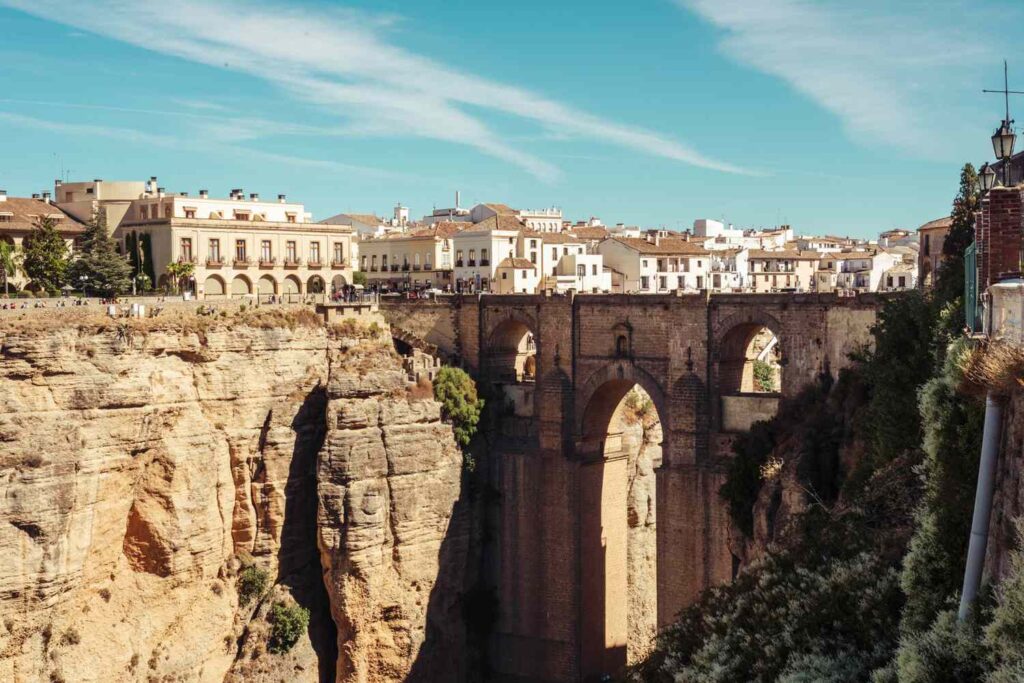
Image credit: Taylor McIntyre/Travel + Leisure
Ronda
The town of Ronda was a short stop on our way from Seville to the coast. But like everything in Spain, as I learned, a quick pass through is enough to have you totally awe-inspired. Ronda is built atop deep, river-carved cliffs (we’re talking about 100 metres deep), so, if you dare, you can stand at a lookout perched upon one of the sheer drops to enjoy spectacular views across the Andalusian countryside.
One of the things I really love about Spain is that the best locations are for public enjoyment. While in some places it’s customary to sector off the most prime vistas and reserve them for the highest bidder, here, you can take them in from a park, bar, or the side of the street.
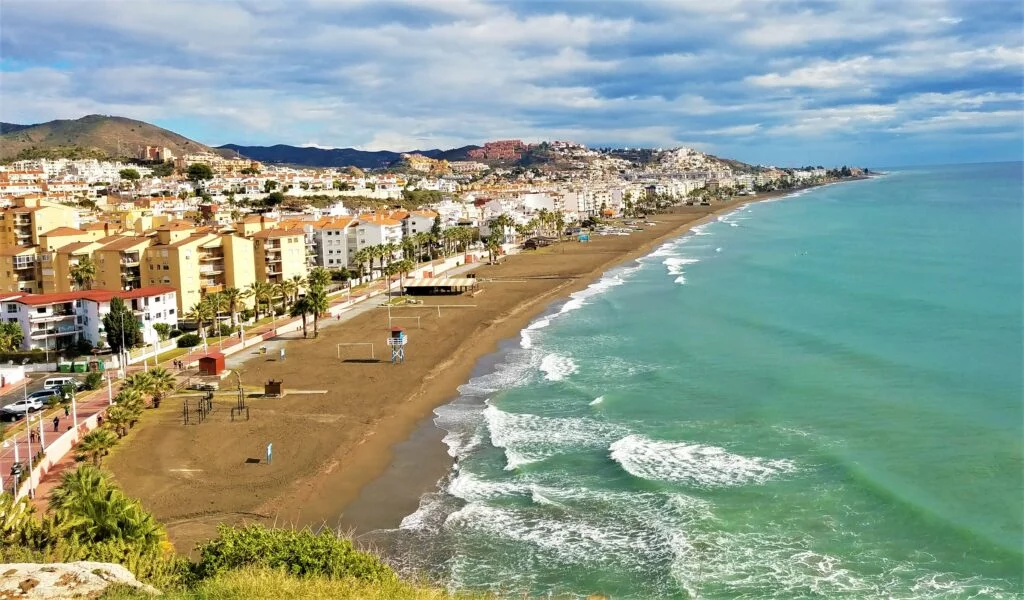
Image credit: Lux Blue
Rincón de la Victoria
We ended up in the sleepy coastal town of Rincón de la Victoria quite by accident. With a few days in our trip kept itinerary-free, we’d decided to head for the coast. While Málaga is the obvious choice and major city in this area, due to some problems with our accommodation, we had to look elsewhere. (Word to the wise: read all the fine print and check for reviews when making a booking, even if it’s last minute. I’d like to think I’m beyond those kinds of mistakes but ended up losing some money on a place we booked!)
Luckily, about a 30-minute drive along the coast is Rincón de la Victoria, where it’s affordable to stay in a breezy apartment with beach views. The waterfront is what Spanish holiday dreams are made of: restaurants, bars and shops along the boardwalk, and some right on the sand. Settle in for a feast of fresh seafood and a Tinto de Verano or two, just a few metres from where the waves roll in.
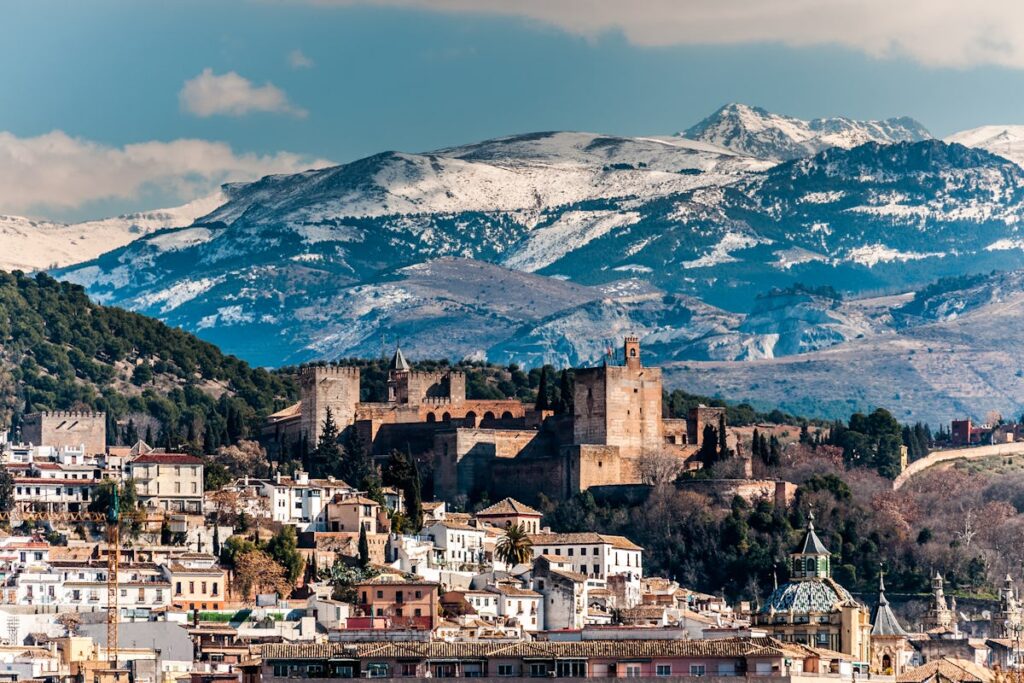
Image credit: iStock/Getty Images
Granada
Granada is a metropolis that’s a vibe for eating, drinking, and shopping. I also assumed, on first impression, that everyone in Granada just dresses very, very well – which could still be true – but it seemed we arrived in the midst of a festival. Everywhere we looked, girls and women were in their best glam, donned in incredible flamenco dresses and the iconic red blossom worn behind the ear. It was a riot of colours and patterns throughout the streets.
The main drawcard for Granada is that it’s the gateway to the Alhambra: the jewel of Andalusia and another World Heritage Site (Spain has a few). Alhambra is the ancient fortress town, gardens, and palace of the Nasrid Kingdom. It’s worth booking a guided tour, because the depth of history and the details within the buildings and grounds are so interesting. The Alhambra is mesmerisingly beautiful; which is particularly impressive when you learn that, over the centuries, it has been through periods of neglect and damage before groups of artists and writers inspired renewed interest and restoration of the Alhambra in the 19th Century.

Alhambra. Image credit: Barcelo
Whether you travel to immerse yourself in culture, architecture and art; to indulge in the best food; to lounge by the beach or to feed your inner history buff, the Andalusia region of Spain is unmissable. Add it to your Euro vacation mood board, stat.
Read more of our Travel articles here.

